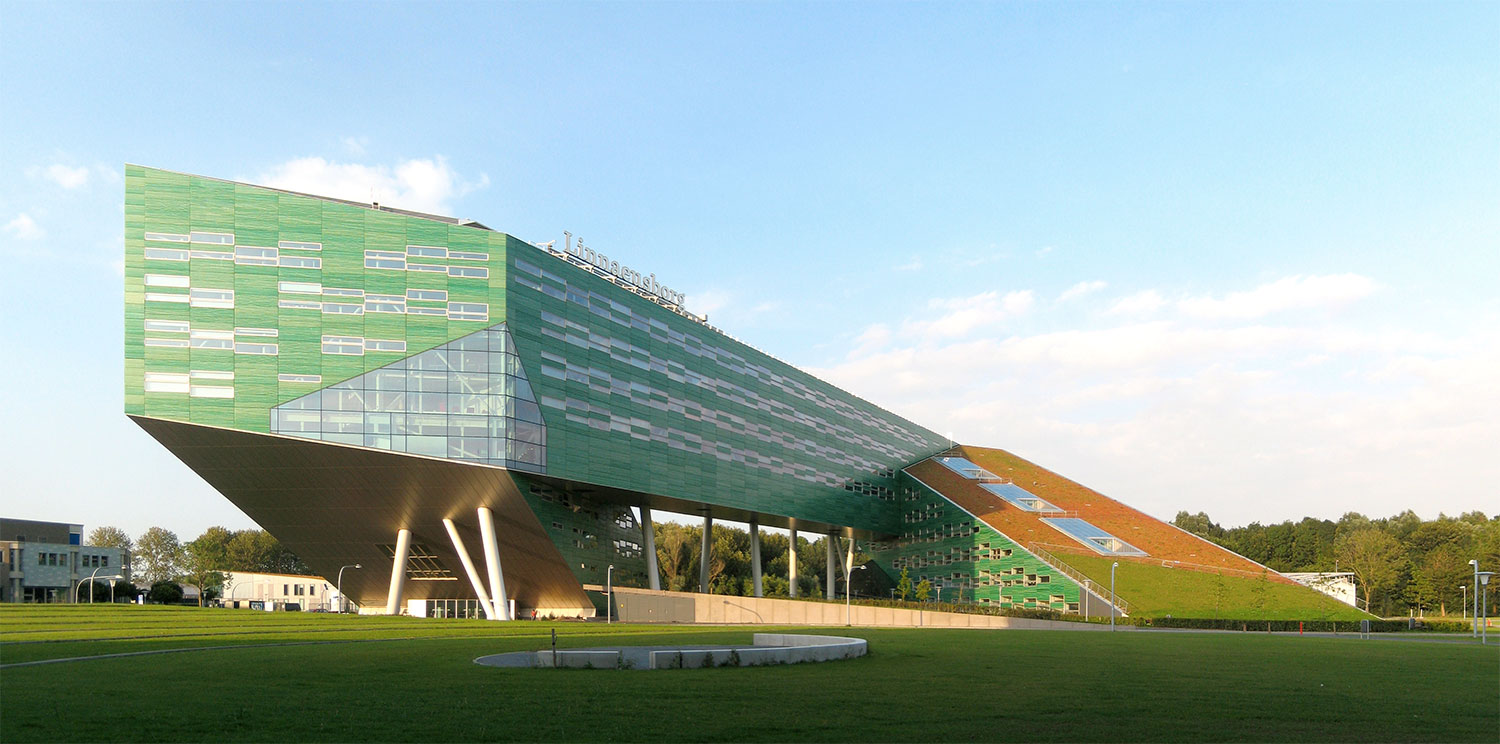Properties such as the Sports centre, Nijenborgh 4, the Linneausborg, Bernoulliborg, and the Van Swinderen Huys are using increasing amounts of power, a university Health and Safety Service (AMD) report says. The Service examined energy and gas consumption between 2011 and 2015.
The Linneausborg in particular has a remarkably high energy consumption rate, according to the AMD. The Service is also concerned about the Linnaeusborg’s continuing contamination of surface water with heavy metals and toluene, a substance that is used as a diluent and a raw material in chemistry, among other things.
Increase
‘It can indeed be concluded that there’s been an increase in energy consumption at several of the RUG’s properties’, says Dick Jager, programme manager integrated sustainability at the RUG. This increase is partially due to the rising number of students and the buildings’ longer opening hours, according to the AMD.
‘Added to that is the fact that, especially at the Faculty of Science and Engineering (FSE), the amount of equipment used for research has been increasing. More equipment often means greater electricity consumption. The faculty has noticed this, and they’ve installed extra electricity meters to track down the power guzzlers’, Jager says.
Paper
Also striking is the increase in paper waste (21,657 kilos in 2014 versus 22,008 in 2015) and residual waste (110,132 kilos in 2014 versus 121,777 kilos in 2015) in the city centre. Jager thinks the increase in paper waste is potentially due to renovations in the University Library. The same may be true for the residual waste, he says. ‘But we’re not sure. To be honest, we can’t really explain it.’
In 2015, the Sport centre used a total of 779,138 kWh in power. One year prior, the consumption amount was 727,626 kWh. Gas consumption increased from 198,608 m3 to 211,125 m3. The total energy consumption of the Faculty of Science and Engineering rose from 22.8 million kWh in 2014 to 22.9 kWh in 2015. Gas consumption increased from 1,971,028 m3 to 2,376,847 m3.
The university pays a lower rate for gas and electricity. The average consumer pays 23 cents per kWh, whereas the university pays 10.08 cents. A cubic metre of gas costs 70 cents for the average consumer. The RUG pays 55.9 cents per m3.




